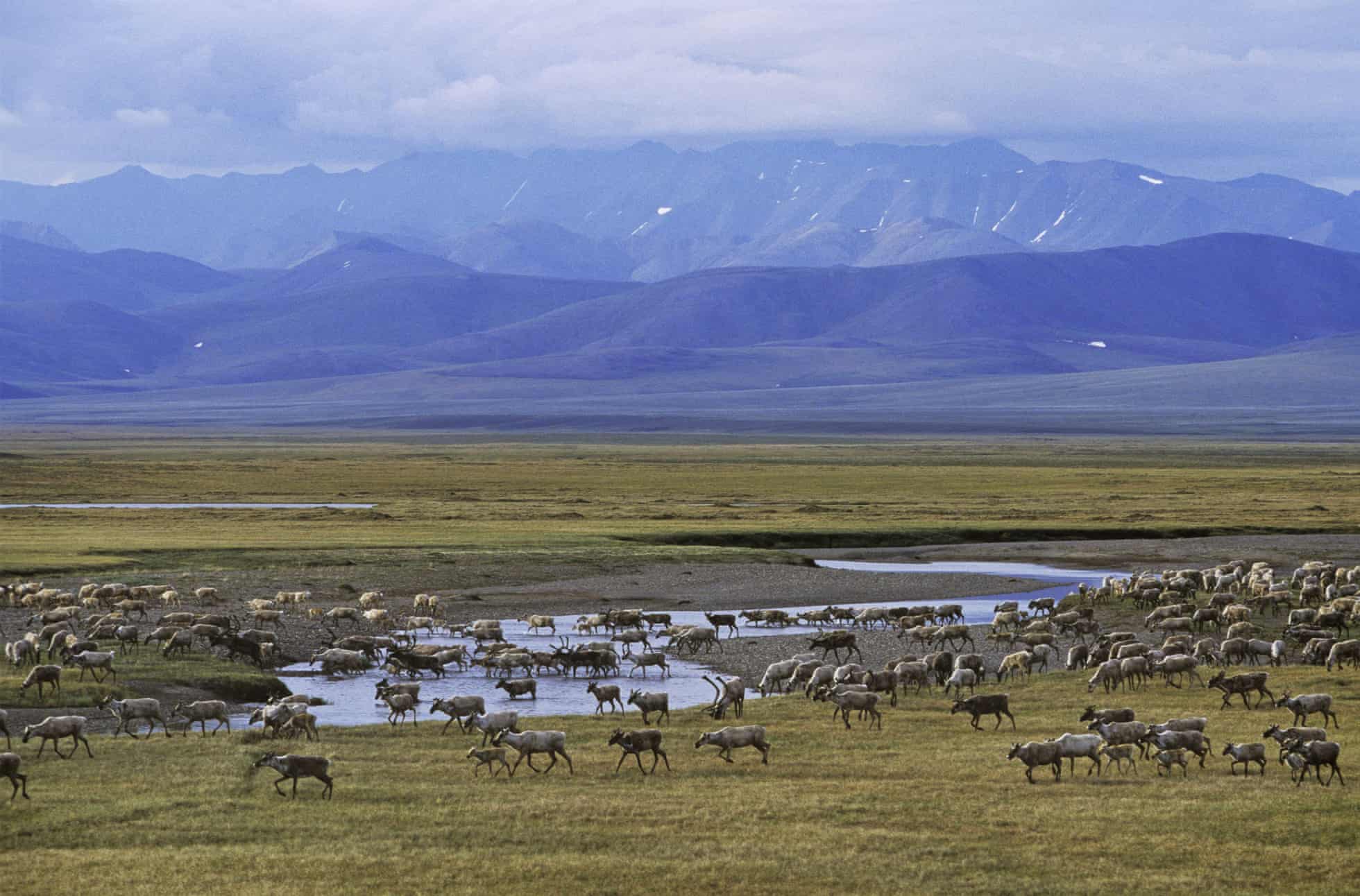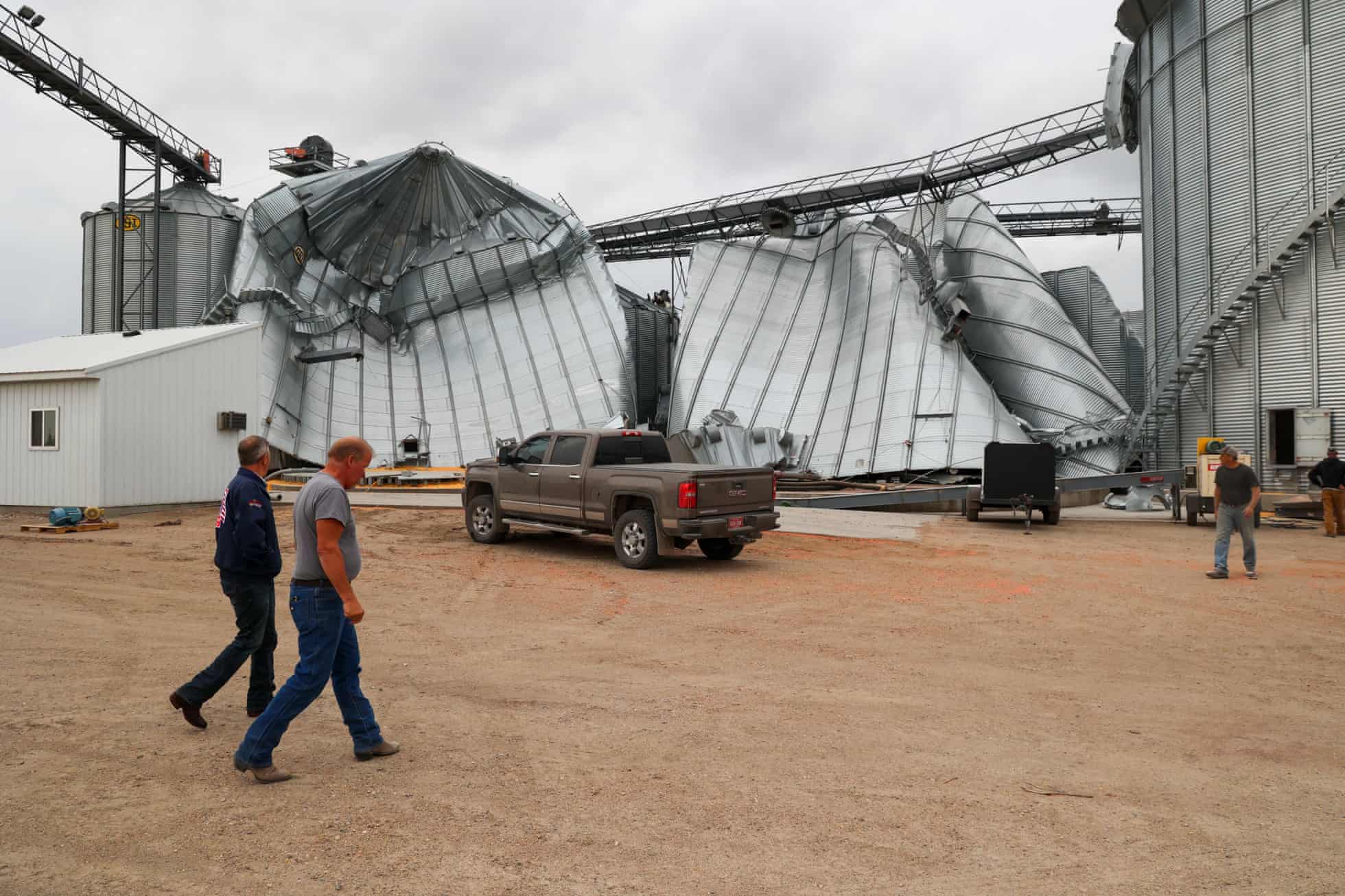 Melissa intensified into a hurricane on Saturday, Oct. 25, as it continued its slow slog across the Caribbean Sea. Forecasters said the hurricane is expected to potentially power up to a Category 5 hurricane with winds up to 160 mph.
Melissa intensified into a hurricane on Saturday, Oct. 25, as it continued its slow slog across the Caribbean Sea. Forecasters said the hurricane is expected to potentially power up to a Category 5 hurricane with winds up to 160 mph.
The storm hit 75 mph winds to attain hurricane status on Saturday afternoon, the National Hurricane Center said. A tropical storm becomes a hurricane when its winds reach 74 mph. Melissa is set to become a major hurricane before the end of the weekend.
However, rough surf, beach erosion, and some stormy conditions are expected along parts of the East Coast next week due to Melissa, as well as a coastal storm that is expected to develop, AccuWeather said.
The storm is not predicted to have any significant impact on the United States, forecasters said. However, rough surf, beach erosion, and some stormy conditions are expected along parts of the East Coast next week due to Melissa, as well as a coastal storm that is expected to develop, AccuWeather said.
News outlets have reported deaths in Haiti and the Dominican Republic have already been linked to impacts from Melissa.

 Environmental Glance
Environmental Glance The Trump administration has approved more oil and gas drilling across Alaska’s Arctic national wildlife refuge (ANWR), prompting widespread criticism from environmental conservation organizations.
The Trump administration has approved more oil and gas drilling across Alaska’s Arctic national wildlife refuge (ANWR), prompting widespread criticism from environmental conservation organizations. Icelanders may be the last group of people on Earth to experience the pesky bite of a mosquito.
Icelanders may be the last group of people on Earth to experience the pesky bite of a mosquito. The 2025 Atlantic hurricane season might have at least one more trick up its sleeve.
The 2025 Atlantic hurricane season might have at least one more trick up its sleeve. A deadly tornado that tore across North Dakota this summer has been upgraded to an EF-5, the strongest kind of tornado and the first one to attain that classification on US soil in 12 years.
A deadly tornado that tore across North Dakota this summer has been upgraded to an EF-5, the strongest kind of tornado and the first one to attain that classification on US soil in 12 years.






























